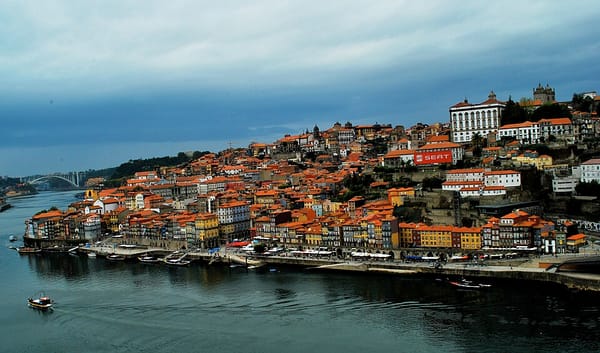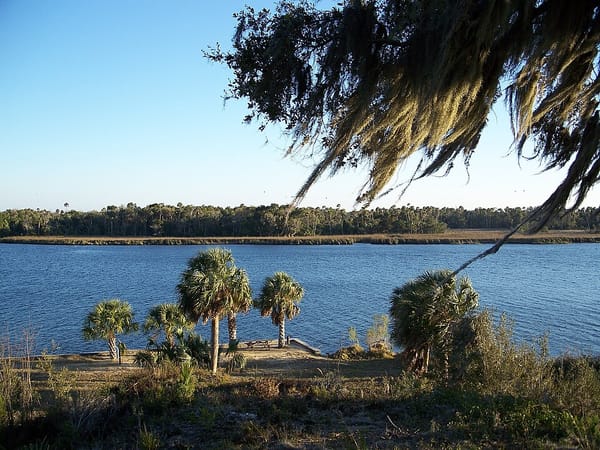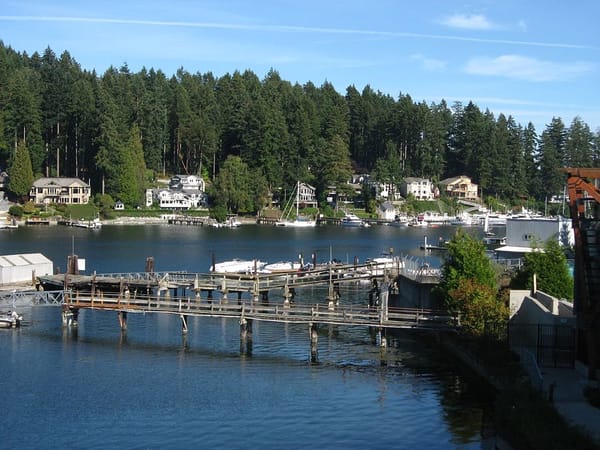All About the Prop: Terms and Types for Fuel Efficiency and Performance
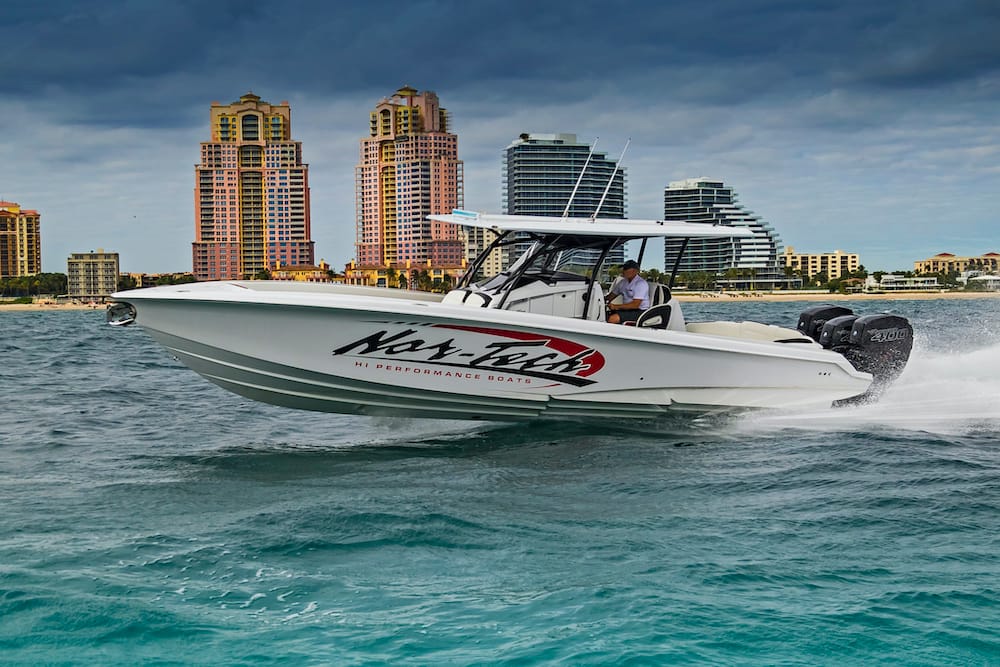
Since it spends the majority of its time under the water, it’s easy to forget all about your boat’s propeller (until you walk into it while the boat’s tied up at the sandbar, but that’s a story for another time). However, the propeller is probably one of the most important things on your boat. After all, you won’t go very far without it.
Whether you spend your boat time deep sea fishing, cruising along the coast, pulling the kids in tubes or just relaxing at your nearby dock rental (with a frosty beverage and cool tunes, of course), it’s a good idea to know a few things about just what that prop does. Keep reading to check out some tips on how to choose the best prop for fuel efficiency and overall performance.
Types of Boat Propellers
There are two main types of boat props. A controllable pitch (a.k.a. variable pitch) prop has blades that rotate around the axis. It works like the blades on a helicopter. Big boats like ferries use this type. Fixed pitch, found on most boats, is when the blades are fixed in place. They don’t rotate like the controllable pitch type.
All About the Blades
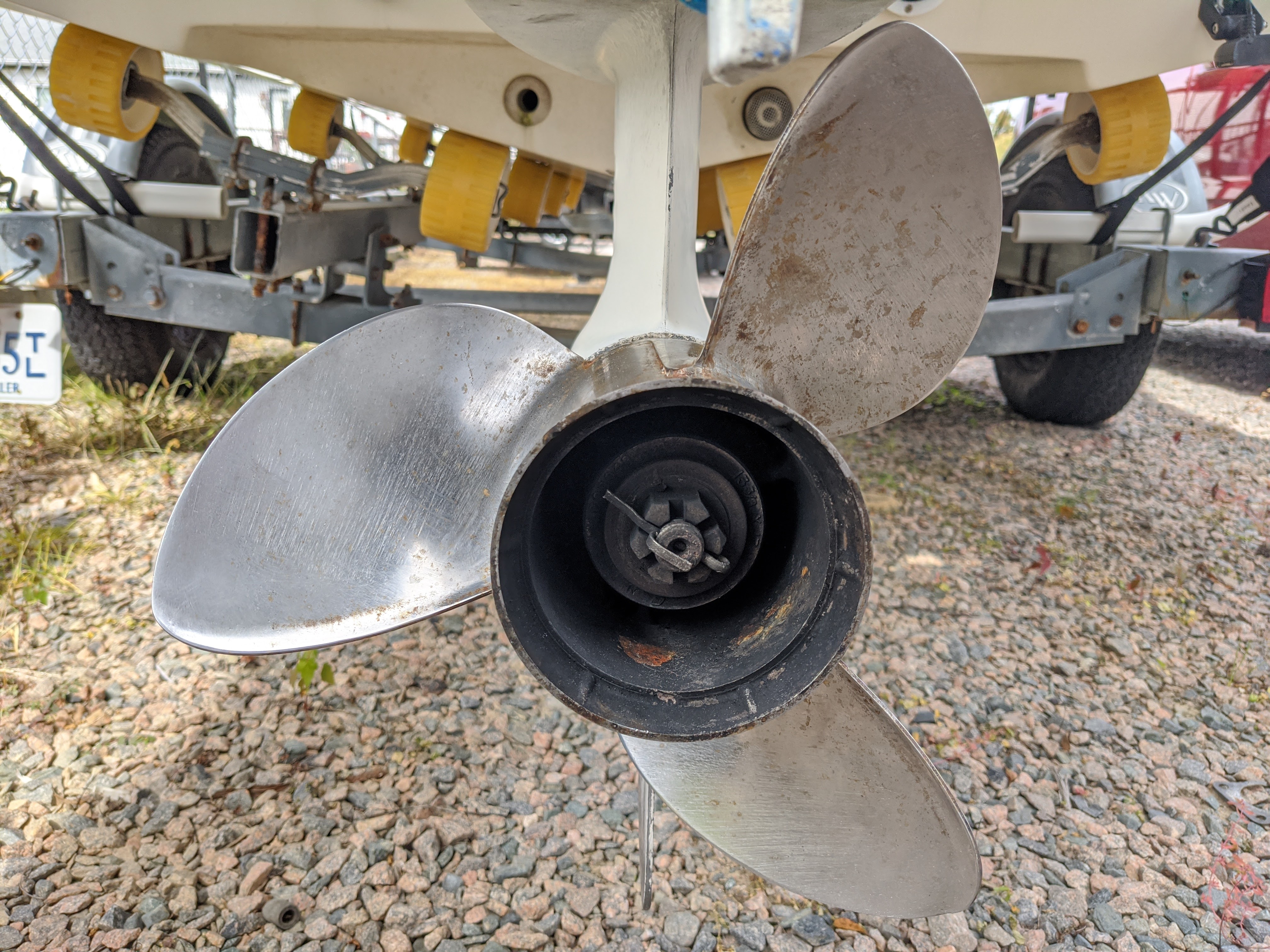
Photo: Sandy Allen
Boat propeller blades are what propels boat forward. They rotate either to the left or right. There can be anywhere from two to five or six blades on a prop. Fewer blades offer less drag on the boat but can also cause more vibration.
Two Blades
- Good for small boats
- Quiet
- Usually on trolling motors
Three Blades
- The most common type
- Usually made aluminum, which is less expensive than stainless steel
- Good acceleration and faster than two blades
- Good for ski boats
Four Blades

Photo: Pixabay
- Usually made of stainless steel
- Strong, durable and great for rough conditions and low speeds
- Fuel efficient
Five and Six Blades
- Most expensive because there are more parts
- Less vibration but creates more drag
- Better in rough water
- Sportfish boats often have five blades
- Six blades are for boats that need a lot of thrust like a large container ship (rarely found on recreational boats)
Propeller Particulars
From pitch and rake to cup, drag and diameter, propellers have a boatload of terms to describe various aspects. Let’s check out a few of the main ones.
Cup
Cup is the curve at the very edge of the blades. It’s what helps the blades hold water (just like an actual cup) and helps with speed and acceleration. For reference, a blade with no cup would be completely flat (and thus not hold water at all).
Rake
Rake is the degree of slant on the blades. The rake affects how water flows through the prop. They slant either to the front or back. When they’re raked to the front, it can increase speed.
Pitch
Pitch is the measurement that the blades go around in one full rotation. There are also variables to the pitch that make it more of a theoretical thing than an absolute measurement. These include drag, cavitation and ventilation (which create what’s known as slip). Slip is that tricky element in between the prop’s theoretical pitch and the distance it actually travels in the water. The cup also adds to the pitch. More pitch means faster speeds. Speed boats have a high pitch, high cup and high rake, whereas deck and pontoon boats are low on all three counts.
Drag
Drag means that, well, something is dragging it down and making it slower. The water itself can cause drag as well as a prop with two much diameter for the boat size. Small boats need less diameter than large boats.
Diameter
Diameter is the distance around the outer edges of the blade. To get that number, you would measure from the hub (the middle part that the blades spin around and where the prop is attached to the boat engine) to the tip of the blade and then multiply by two. With more diameter, you’ll have more power and control, but you’ll also have more drag. Can you say “Catch-22?”
Boat Propeller Materials
Boat propellers are made out of aluminum, stainless steel or composites. Most are aluminum, which is easier to repair and less expensive but not as durable as stainless steel.
Stainless steel is very durable but also more expensive. It provides great performance for any boat whether it’s out all day or just cruising from the private lift rental to the sandbar.
Composites are made from a plastic polymer. They’re the least expensive type of prop material. On a side note, they’re designed to break off if they something. This may sound like a negative feature, but it does this in order to protect the rest of the boat. It’s much easier, and far less expensive, to replace the prop than a whole lower unit.
Tips for Choosing a Propeller
Take into consideration the length and beam of your boat. An aft-heavy boat will need a different prop than one that’s flatter or bow-heavy.
Where do you typically use your boat? If you’re boating in rough waters, you may want to choose a 4-blade prop for better performance. Three blades would be fine for cruising around your local lake on a pontoon boat.
It’s a good idea to have an extra prop on board. If something happens, you can quickly change it and get back to the fun (rather than requesting a lengthy and costly tow back to the boat lift rental).
Having an extra prop is also a way to increase the use of your boat. A lower pitch prop is great for pulling water skiers up and out of the water. But when you want to just cruise along at a fast speed, you’ll want a higher pitch.
Have you learned anything you didn’t already know about your boat prop? Hopefully you’ve picked up some pointers that will help your boat’s performance, efficiency and all-around fun factor. Happy Boating!
